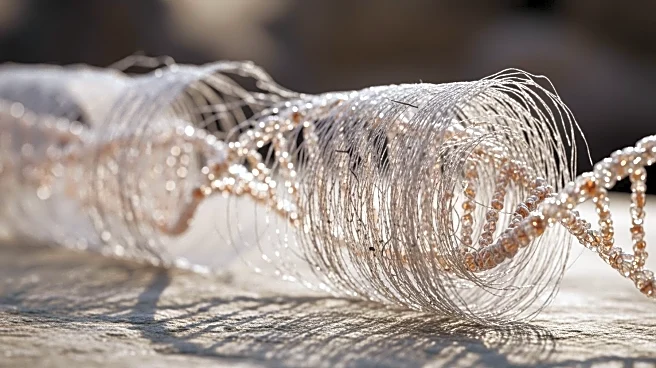What's Happening?
Researchers from Stockholm University have successfully isolated and sequenced RNA from 40,000-year-old mammoth tissue preserved in Siberian permafrost. This groundbreaking achievement marks the oldest
RNA ever recovered, providing new insights into the genetic activity of extinct species. The study reveals patterns of gene expression in mammoth muscle tissue, offering a glimpse into the final moments of the mammoth's life. The research demonstrates that RNA can survive far longer than previously thought, opening new possibilities for studying ancient species.
Why It's Important?
The ability to sequence ancient RNA provides scientists with a powerful tool to understand extinct species' biology and evolution. This research could reshape our understanding of prehistoric life, revealing genetic activity and environmental responses of long-extinct animals. The findings may also enable the study of ancient viruses preserved in Ice Age remains, offering insights into historical pandemics and disease evolution. The study highlights the potential for integrating RNA with other biomolecules to uncover hidden layers of ancient biology.
What's Next?
Researchers aim to integrate prehistoric RNA with DNA, proteins, and other preserved biomolecules to gain a comprehensive understanding of extinct species. This approach could reveal new details about the biology and ecology of megafauna and other ancient animals. The study's success may encourage further exploration of RNA preservation in other Ice Age remains, potentially leading to discoveries about ancient ecosystems and climate change impacts. The research community will likely continue to push the boundaries of genetic recovery, expanding our knowledge of the past.











